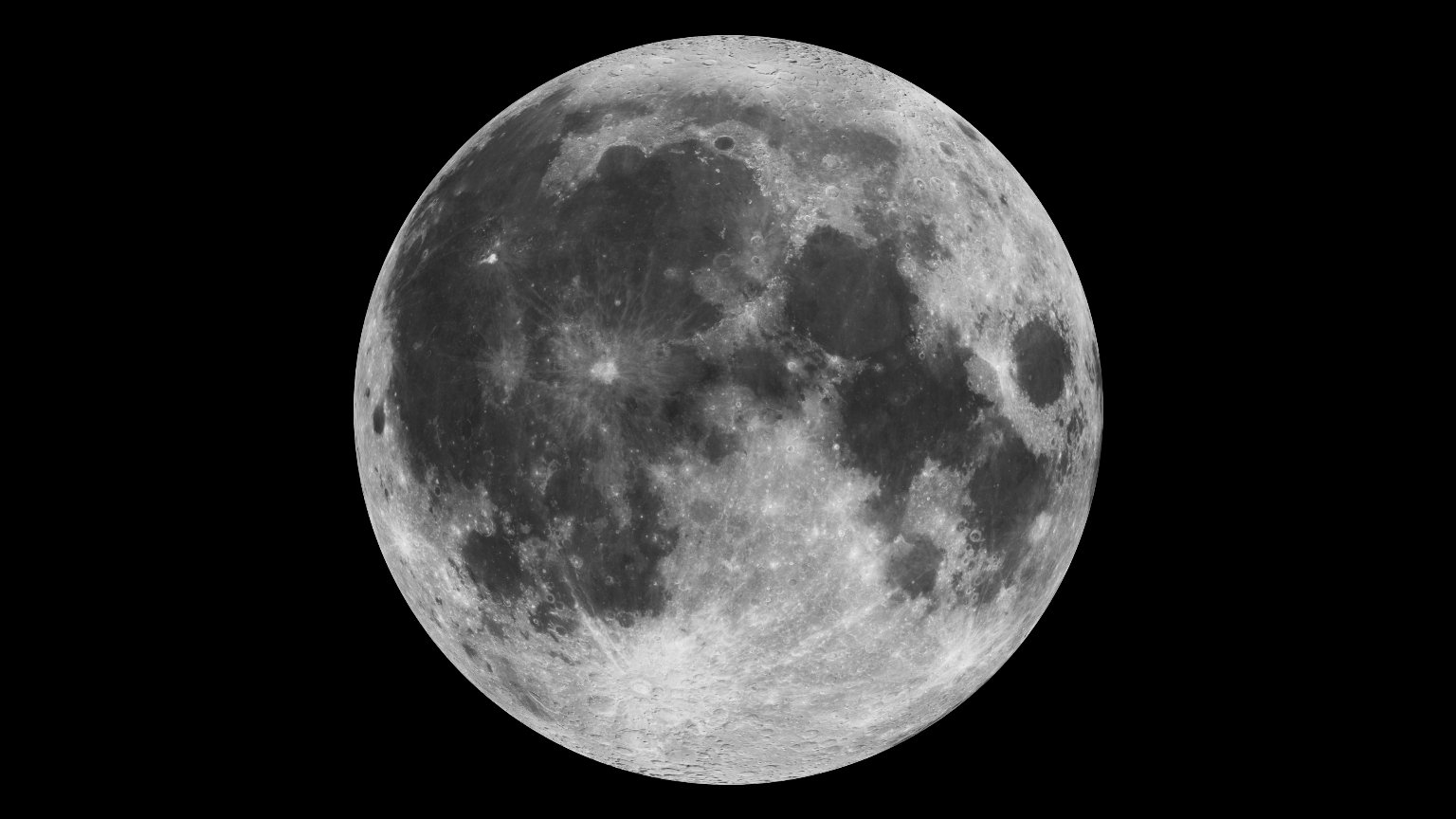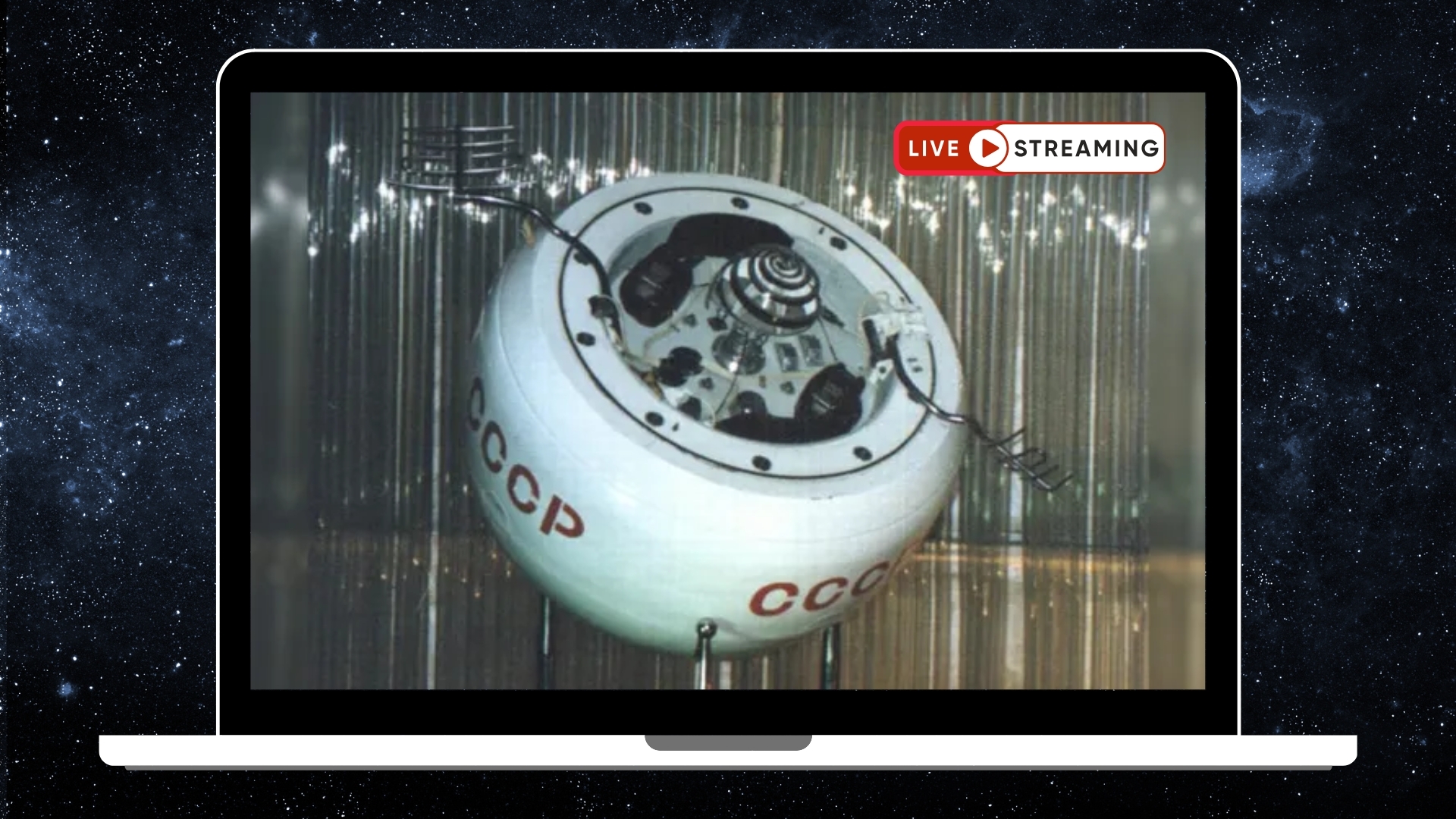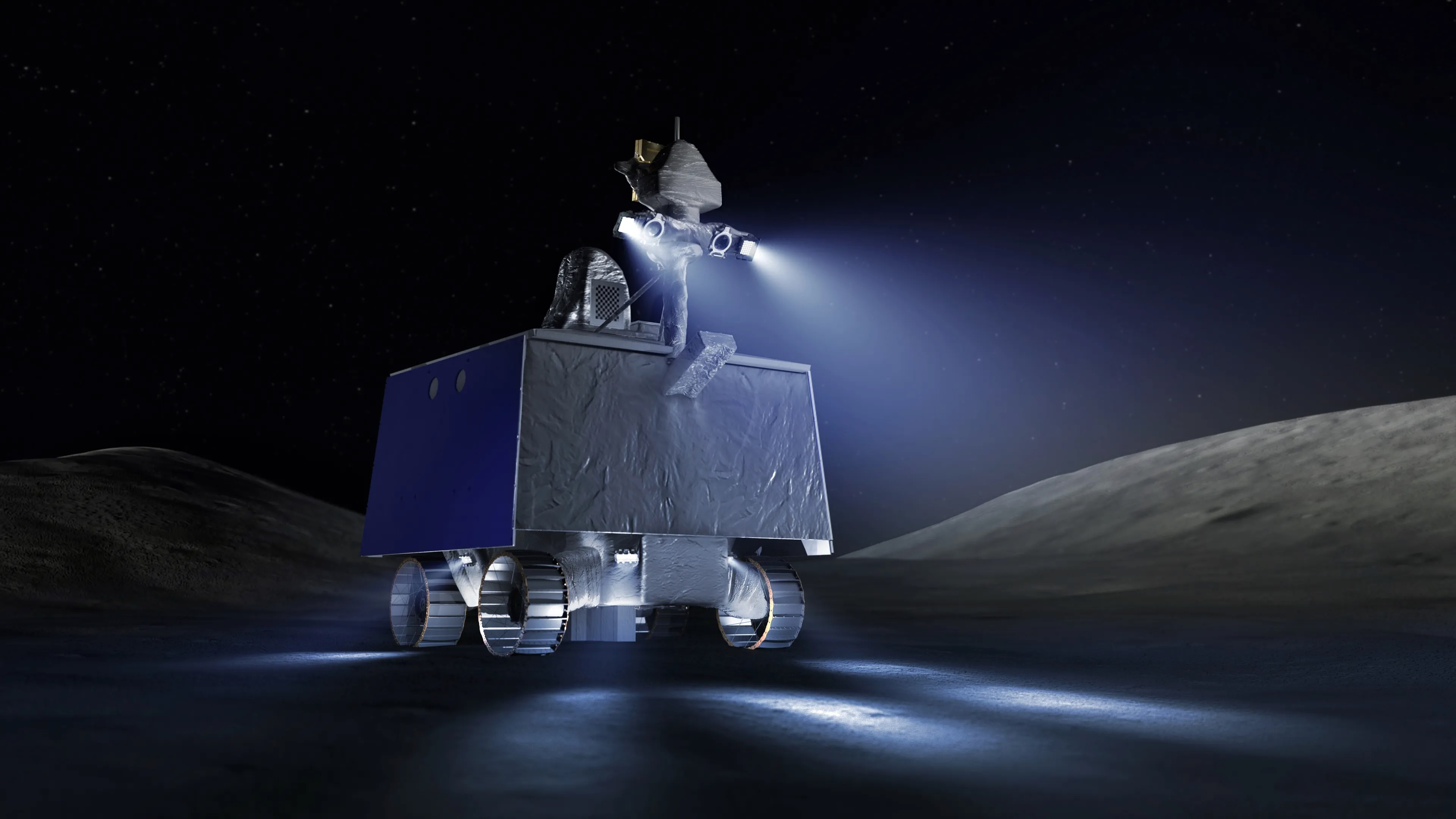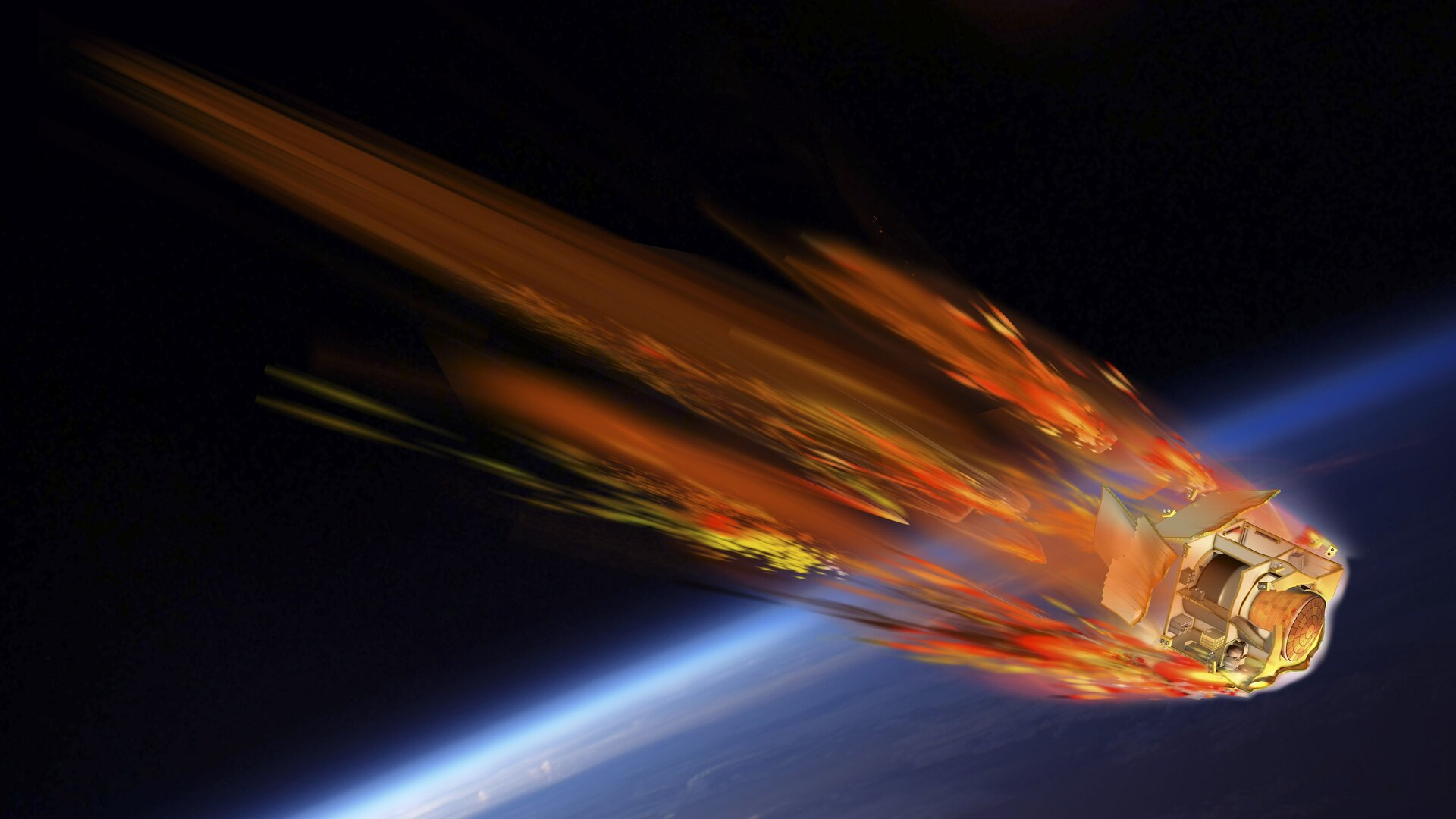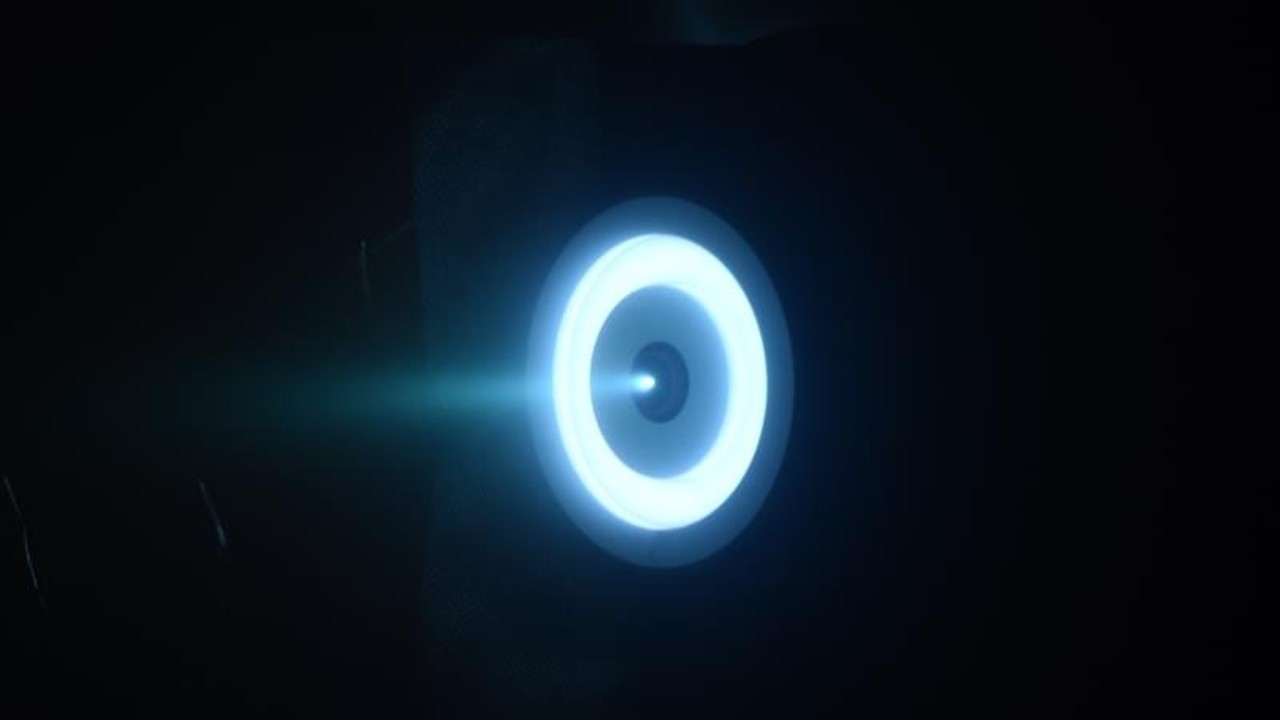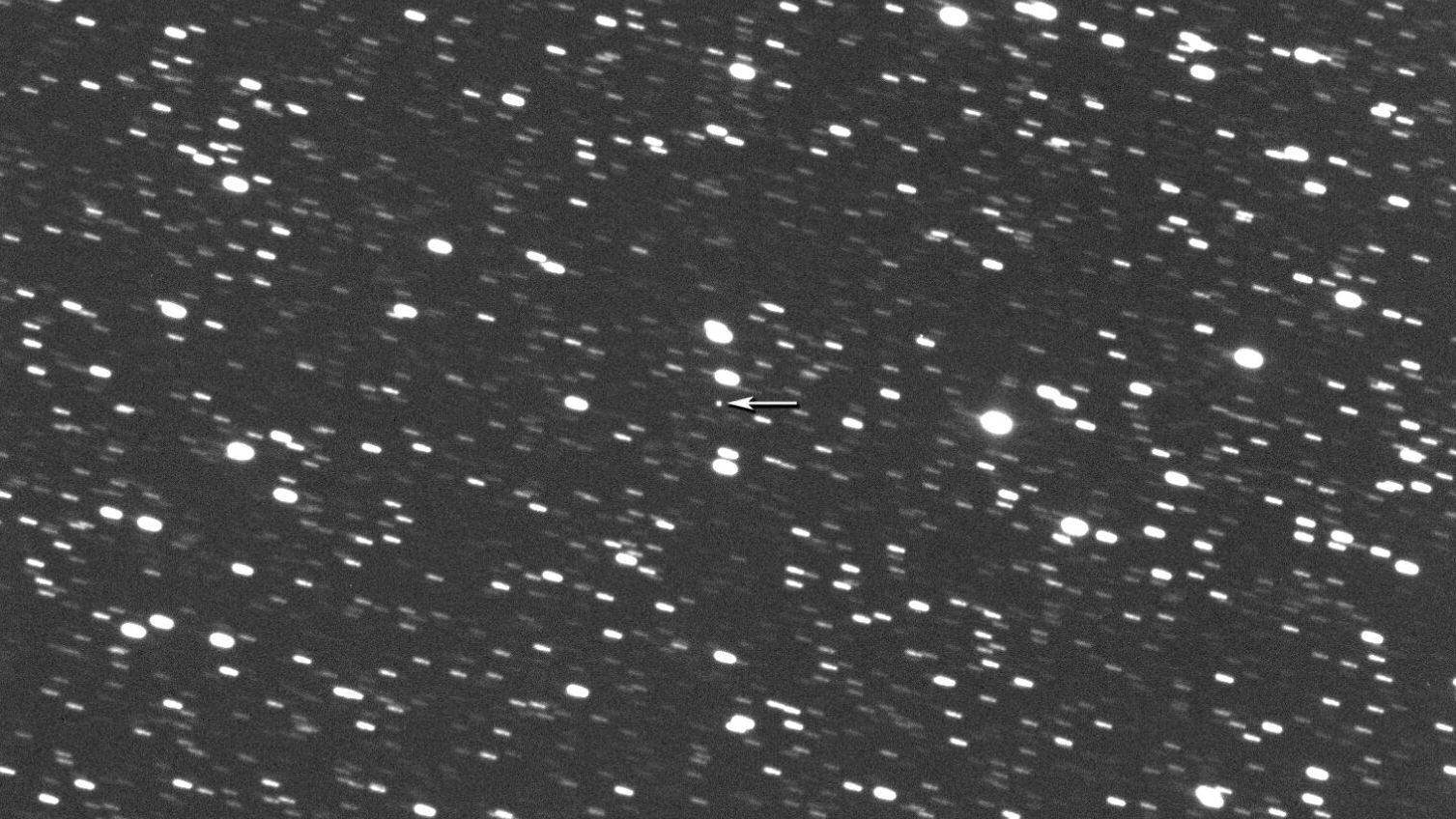Mars orbiters witness a 'winter wonderland' on the Red Planet (photos)
Snow dots the Martian landscape in these images from ESA's Mars Express orbiter and NASA's Mars Reconnaissance Orbiter.
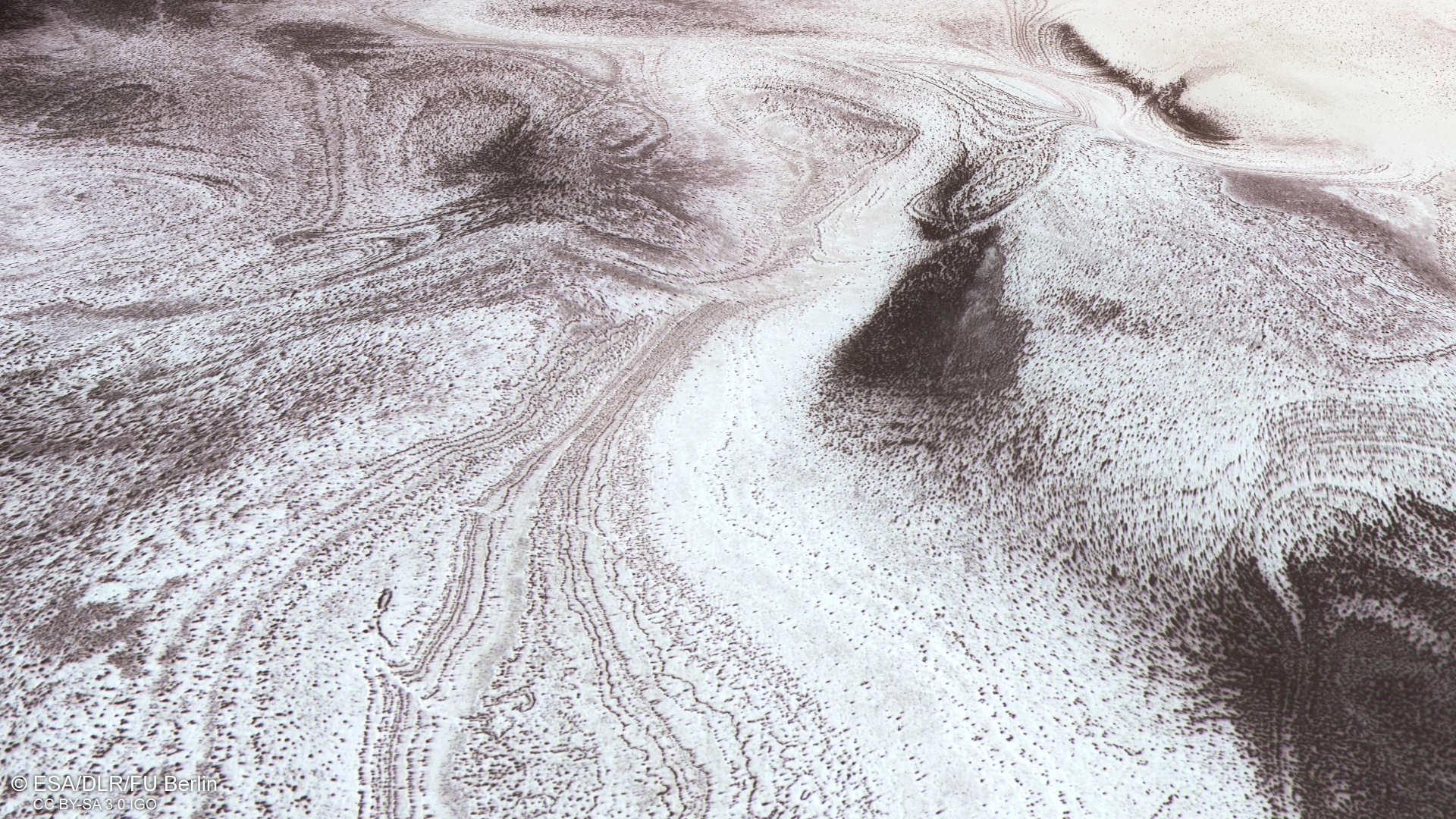
Hoping for a white Christmas this year? Well, even if there's no snow where you live, at least you can enjoy these images of a "winter" wonderland on Mars.
Taken by the German-built High Resolution Stereo Camera (HRSC) on the European Space Agency's (ESA) Mars Express orbiter in June 2022, and by NASA's NASA's Mars Reconnaissance Orbiter using its High-Resolution Imaging Science Experiment (HiRISE) camera on September 2022, these images showcase what appears to be a snowy landscape in the Australe Scopuli region of Mars, near the planet's south pole.
But the "snow" seen here is quite different from what we have on Earth.
In fact, it's carbon dioxide ice, and at Mars' south pole, there's 26-foot-thick (8-meter-thick) layer of it year-round. (These image was actually taken near the summer solstice, not the winter one — it's very cold here all year long.)
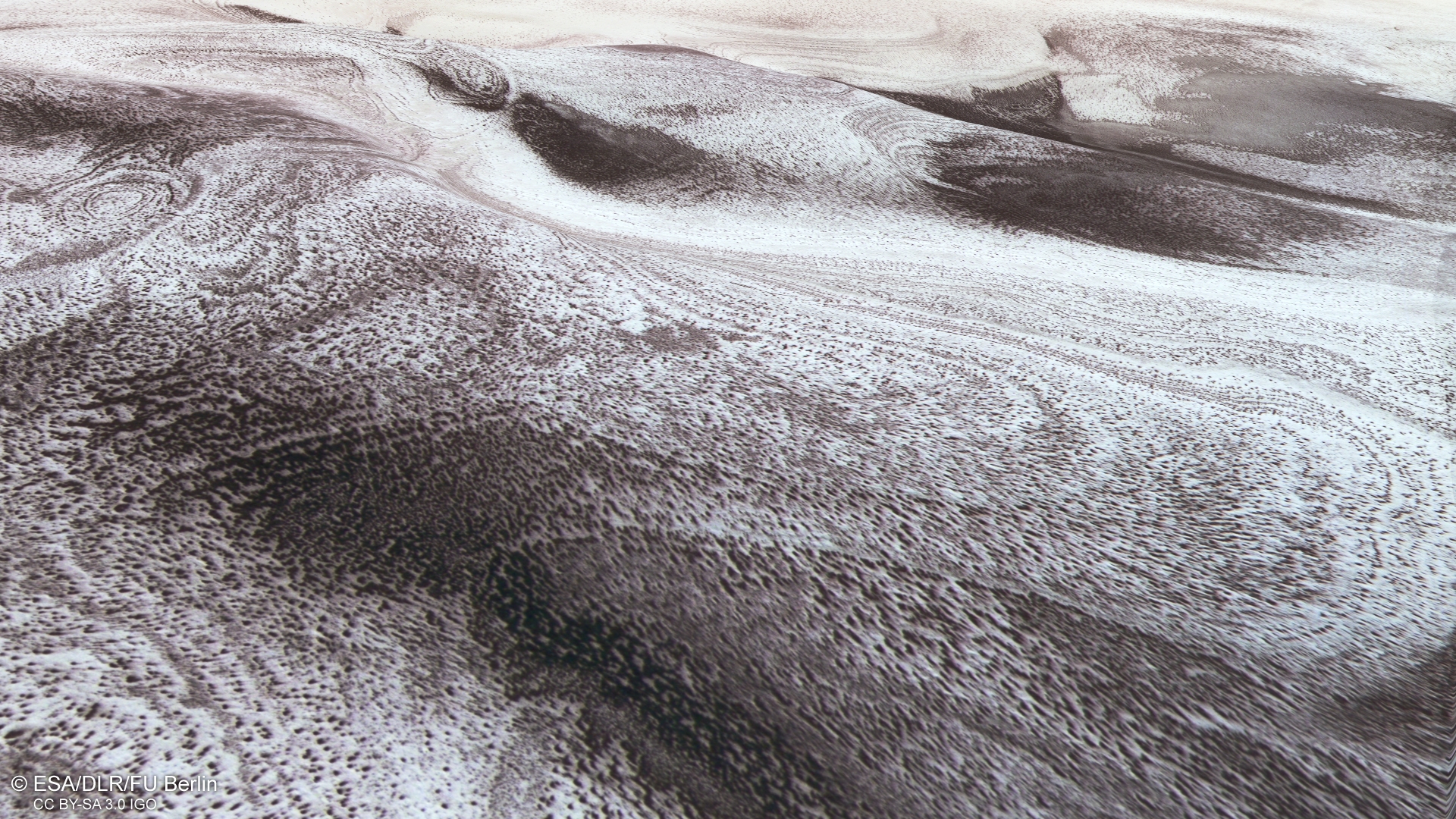
So why does it look like there's just a dusting of "snow" in this images? Those darker areas are layers of dust that have fallen on top of the ice. The dust is typically found deep beneath the ice, but a seasonal process brings some of it to the surface.
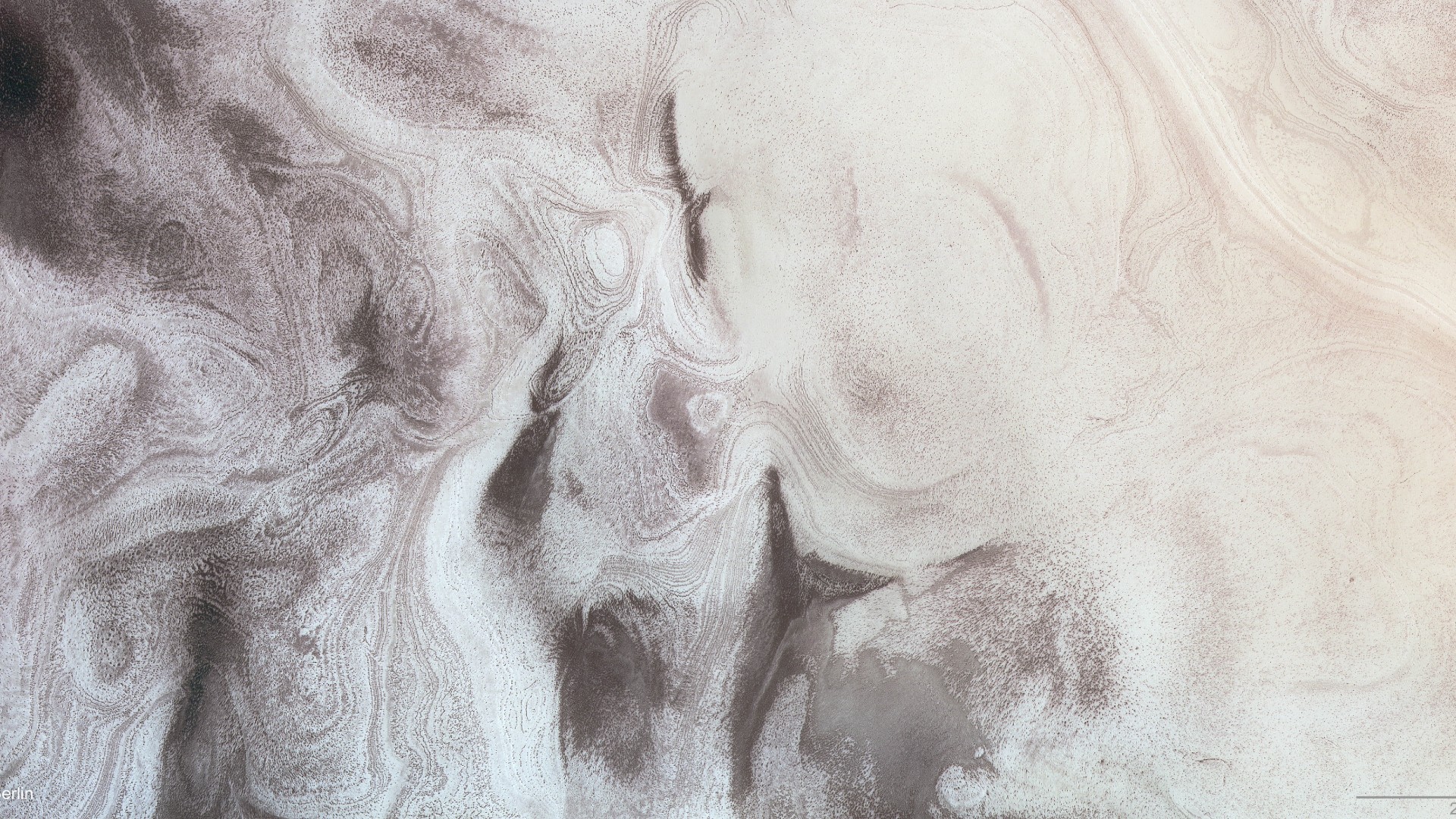
NASA's Mars Reconnaissance Orbiter also saw winter frost lining the sides of dunes on Mars. This frost can prevent erosion, NASA writes, keeping the dust that makes up the dunes in place until the thawing season in spring.
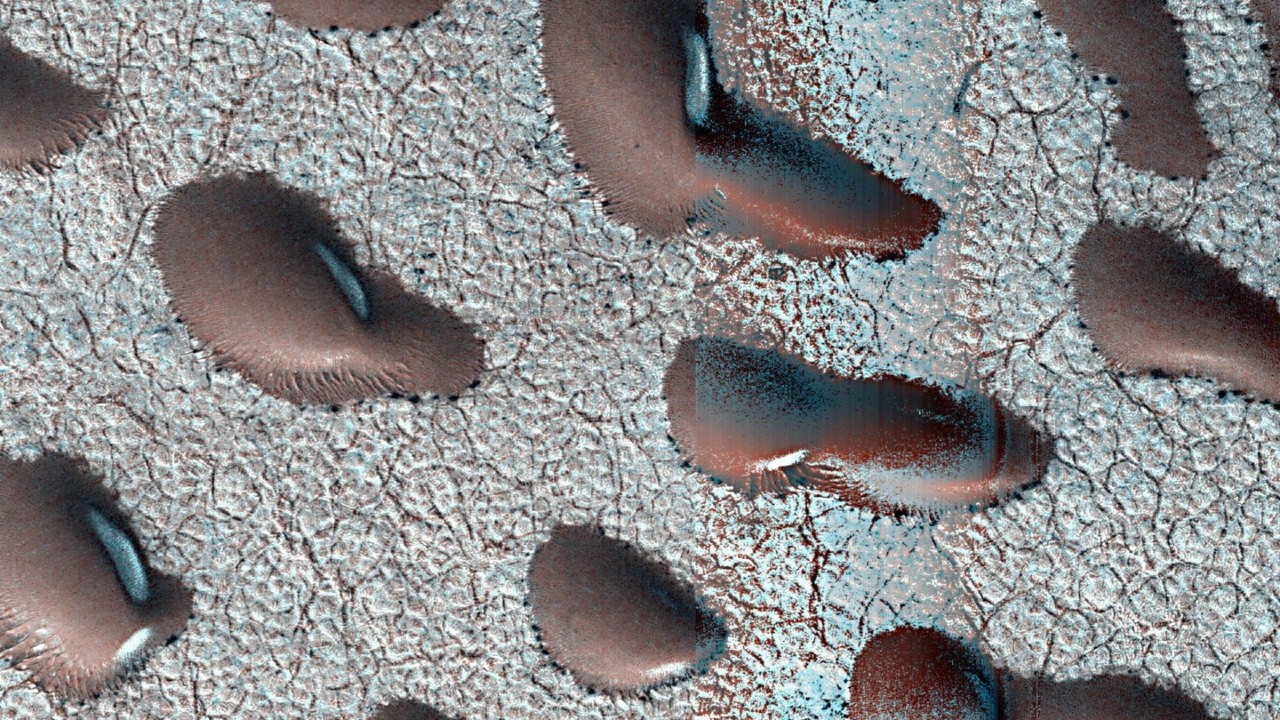
As sunlight warms the carbon dioxide ice on Mars' south pole in the summer, the ice begins to sublimate, or turn directly from a solid into vapor. As it does so, pockets of trapped gas form within the ice.
Get the Space.com Newsletter
Breaking space news, the latest updates on rocket launches, skywatching events and more!
Eventually, the pressure builds enough to create a little gas eruption, which is powerful enough to shoot the dark dust found beneath the ice into the air. As the dust falls back to the surface, the wind carries it into these swirling patterns. (Side note: a similar process creates the spider-like features found on the Martian surface.)
So what looks like a beautiful pastoral winter scene in these Mars Express images is actually a dynamic summer scene, where gas jets spew dust across the surface. Hey, at least it's still cold outside — just a casual -193°F (-125°C).
Join our Space Forums to keep talking space on the latest missions, night sky and more! And if you have a news tip, correction or comment, let us know at: community@space.com.

Space.com contributing writer Stefanie Waldek is a self-taught space nerd and aviation geek who is passionate about all things spaceflight and astronomy. With a background in travel and design journalism, as well as a Bachelor of Arts degree from New York University, she specializes in the budding space tourism industry and Earth-based astrotourism. In her free time, you can find her watching rocket launches or looking up at the stars, wondering what is out there. Learn more about her work at www.stefaniewaldek.com.
